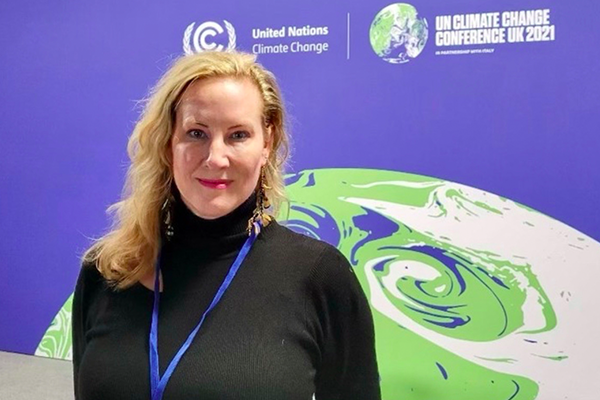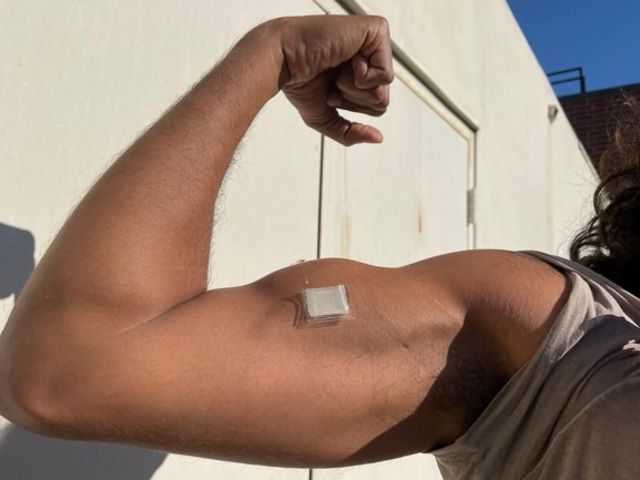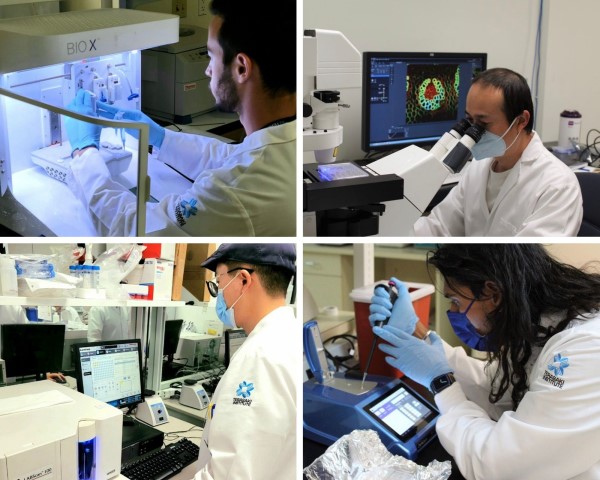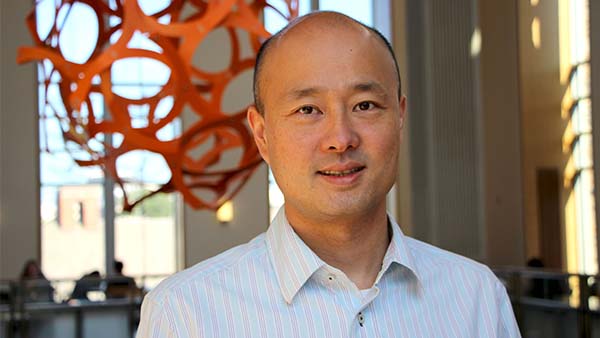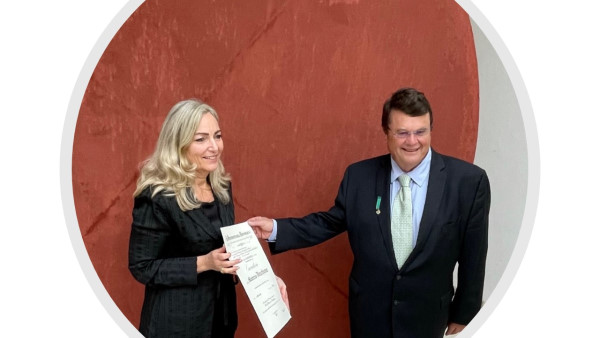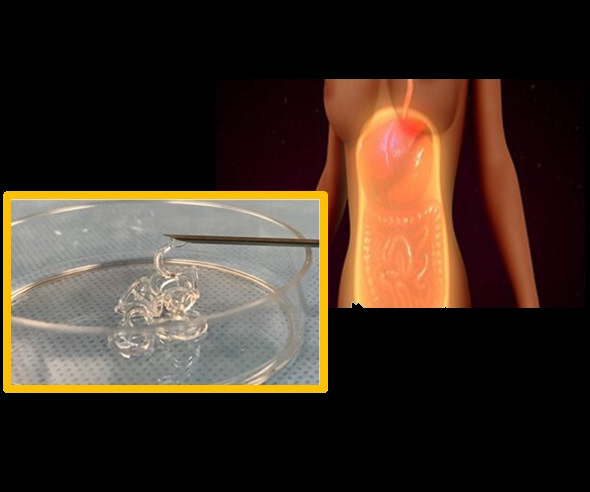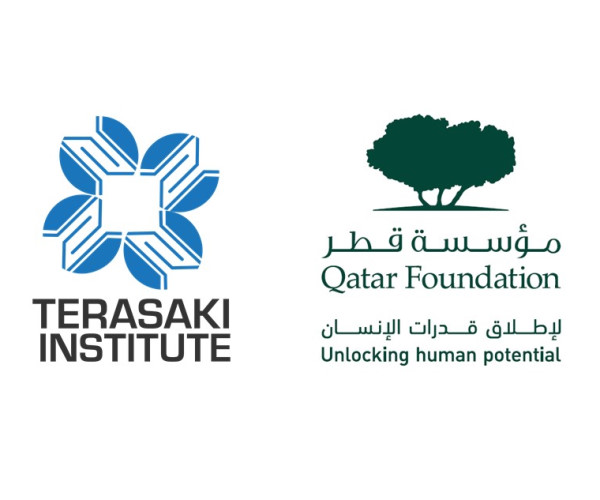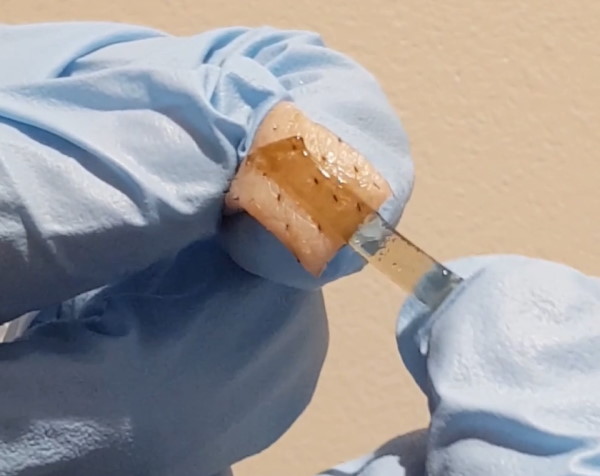December 16, 2021
(LOS ANGELES) – Established in 1992, in response to the scientific evidence supporting a rapidly changing global climate, the United Nations Framework Convention on Climate Change (UNFCCC) was adopted and became its own UN entity.
The Conference of the Parties (COP) was established as the primary annual UNFCCC conference dedicated to the intergovernmental climate change negotiations of the 197 parties (countries).
